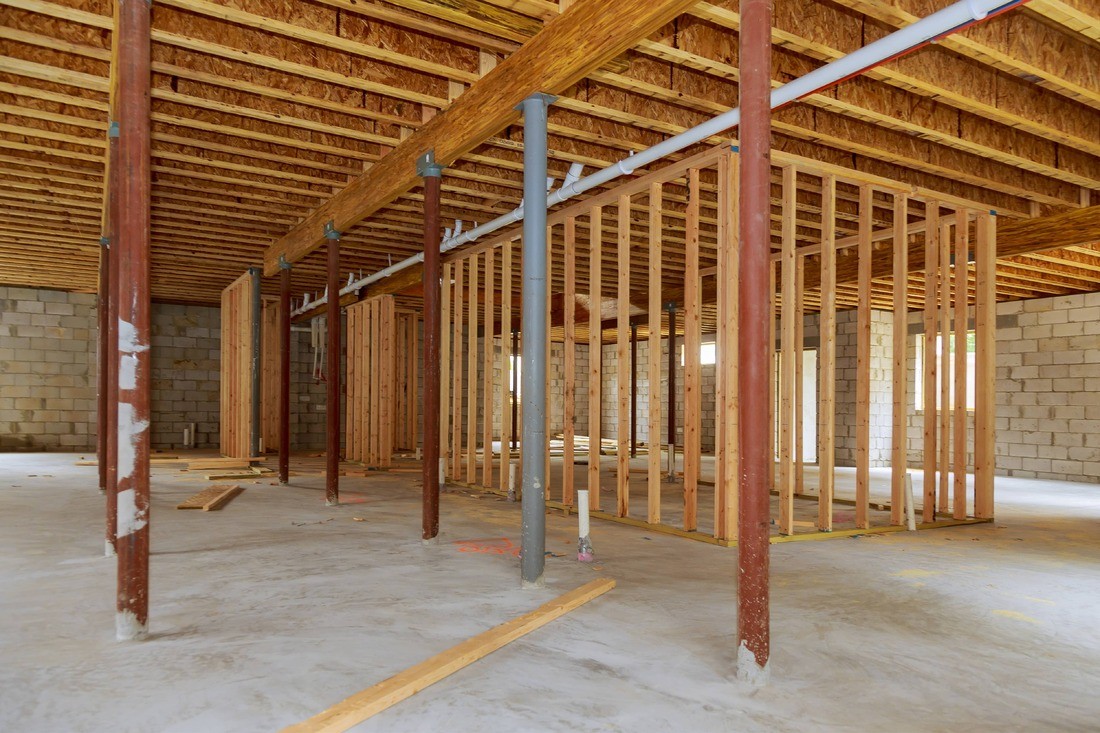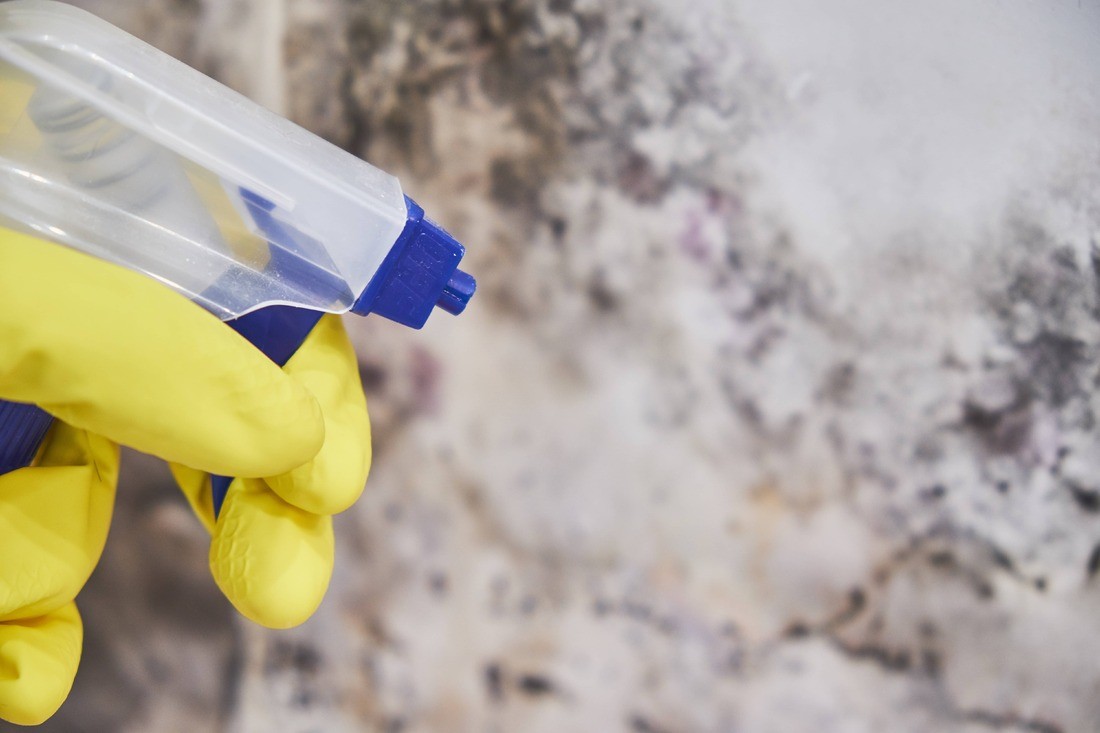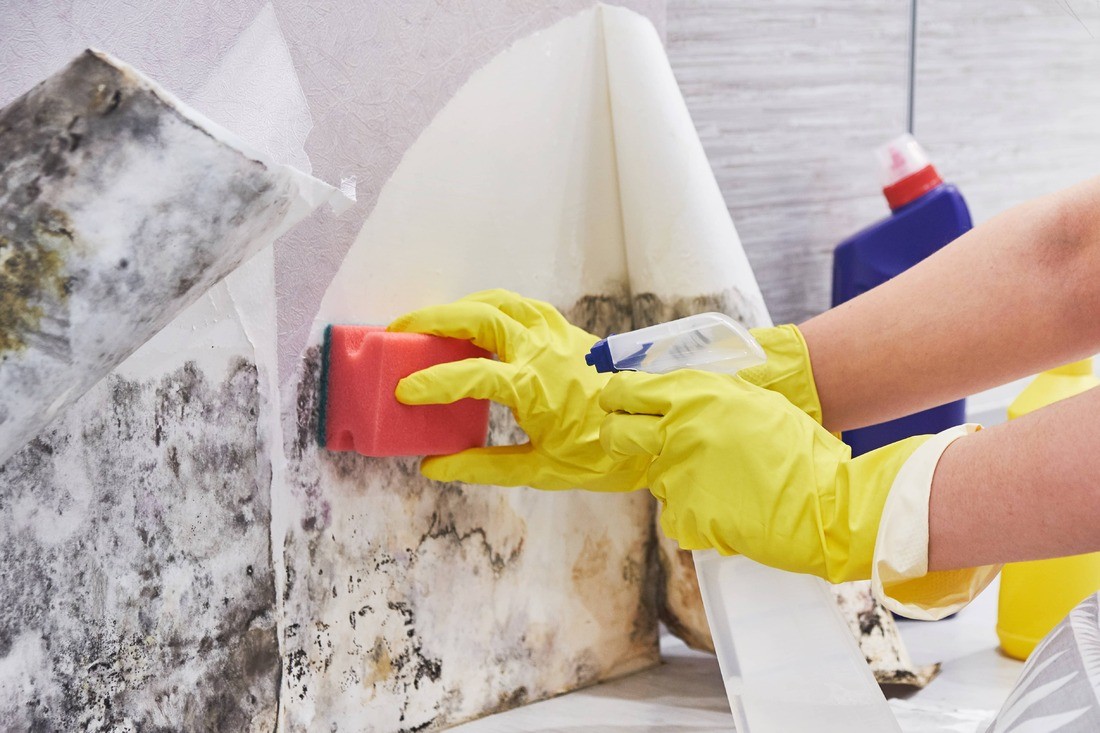
The Process of Basement Flooded Water Damage Restoration
Basement flooding can be a stressful event for homeowners. It can lead to significant damage to the structure, furnishings, and belongings in the basement. However, with proper water damage restoration techniques, it is possible to mitigate the damage and restore your basement to its pre-flood condition. Here is a comprehensive guide to basement flooded water damage restoration, including important tips and the step-by-step process involved.
1. Assessing the Safety of the Basement

Before starting any restoration work, it is crucial to ensure the safety of the basement. If flooding has occurred due to severe weather conditions or natural disasters, it is essential to wait until authorities give the go-ahead to enter the basement. This step prevents any potential dangers or hazards.
2. Identifying the Source of the Flood
The first step in the restoration process is to identify the source of the flood. This could be due to heavy rain, burst pipes, sewer backups, or other reasons. Identifying and fixing the source of the flood helps prevent future incidents and ensures a stable environment for restoration work.
3. Removing Water and Moisture
Once the source of the flood is under control, the next step is to remove the standing water and moisture from the basement. This can be done using specialized equipment such as pumps, wet vacuums, and dehumidifiers. It is important to thoroughly dry the basement to prevent mold growth and further damage.

4. Cleaning and Sanitizing
After water removal, the basement needs to be thoroughly cleaned and sanitized. This process involves cleaning surfaces, including walls, floors, and any affected furniture or belongings. It is important to use appropriate cleaning agents to remove any pathogens or contaminants left behind by the floodwater.
5. Assessing and Restoring Structural Damage
During the flooding, the structural integrity of the basement may have been compromised. It is essential to assess any structural damage, such as cracks in the walls or foundation, and repair them accordingly. This step ensures a safe and stable environment in the restored basement.
6. Drying and Dehumidification
Even after the initial drying process, it is crucial to continue the drying and dehumidification process to prevent any residual moisture from causing further damage. This may involve using industrial-grade fans, heaters, and dehumidifiers to completely dry out the basement.
7. Repairing and Replacing Damaged Materials
If any materials or belongings in the basement were beyond salvageable, they need to be repaired or replaced. This may include drywall, flooring, insulation, and damaged personal items. Restoring these materials ensures the basement is functional and aesthetically pleasing once again.
8. Mold Inspection and Remediation
Mold growth is a common consequence of basement flooding. After the restoration process, it is important to conduct a thorough mold inspection. If mold is detected, it must be remediated properly to prevent health hazards and further damage to the basement.
9. Implementing Preventive Measures
Once the restoration is complete, it is crucial to take preventive measures to reduce the risk of future basement flooding. This may include installing a sump pump, waterproofing the basement walls, improving drainage systems, and regular maintenance of plumbing and appliances in the basement.
Tips for Basement Flooded Water Damage Restoration
During the basement flooded water damage restoration process, there are several tips that can help homeowners effectively mitigate the damage and restore their basements. Here are some important tips to consider:
1. Act Quickly
Time is of the essence when dealing with water damage. The longer standing water and moisture are left unattended, the higher the risk of mold growth and further damage. It is essential to start the restoration process as soon as it is safe to do so.
2. Wear Protective Gear
When working in a flooded basement, it is important to wear protective gear such as rubber gloves, rubber boots, and a face mask. This protects against potential contaminants and pathogens present in the floodwater.
3. Hire Professional Water Damage Restoration Services
While DIY restoration can be tempting, hiring professional water damage restoration services is often the best course of action. Professionals have the expertise, equipment, and experience to handle the restoration process effectively. They can ensure that all areas are properly dried, cleaned, and restored to prevent any future issues.
4. Document the Damage
Before starting the restoration process, it is important to document the damage by taking photographs or videos. This documentation is vital for insurance claims and helps determine the extent of the damage accurately.
5. Work with Your Insurance Provider
Contact your insurance provider as soon as possible to report the basement flooding and initiate a claim. Working with your insurance provider helps facilitate the restoration process and ensures that you receive the appropriate coverage for the damage.
6. Consider Waterproofing Measures
As part of the restoration process, it is a good idea to consider waterproofing measures for your basement. This can help prevent future flooding and water damage. Consult with professionals to determine the best waterproofing options for your specific situation.
FAQs
What should I do if my basement is flooded?
Should I hire a professional for basement flooded water damage restoration?
Basement flooded water damage restoration requires prompt action, thorough assessment, and effective restoration techniques. By following the proper process and utilizing professional services, homeowners can mitigate the damage and restore their basements to their pre-flood condition, creating a safe and functional space once again.



